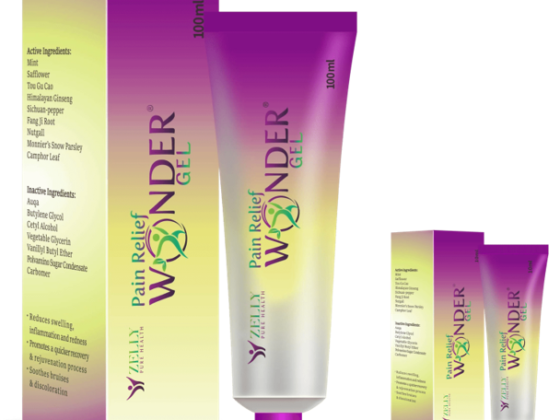Modern advancements in ophthalmology have made it possible to live without glasses or contact lenses. Two of the most popular procedures that offer this freedom are LASIK and PRK. While both aim to correct refractive errors such as nearsightedness (myopia), farsightedness (hyperopia), and astigmatism, there are significant differences in how they are performed and who they are best suited for.
Choosing between these procedures requires understanding the difference between LASIK and PRK, including surgical technique, recovery, risks, and eligibility. This article provides a complete breakdown to help you make an informed decision.
What is LASIK Surgery?
LASIK (Laser-Assisted In Situ Keratomileusis) involves creating a small corneal flap using either a blade (microkeratome) or a femtosecond laser. The underlying corneal tissue is then reshaped using an excimer laser to correct the refractive error. The flap is carefully repositioned afterward, acting as a natural bandage.
Advantages of LASIK:
- Quick recovery (most patients see clearly within 24–48 hours).
- Minimal post-operative pain.
- High success rate and immediate vision improvement.
- Suitable for moderate to high refractive errors.
What is PRK Surgery?
PRK (Photorefractive Keratectomy) is an earlier but still highly effective laser eye surgery. Instead of creating a flap, PRK removes the outermost layer of the cornea (epithelium) entirely. The laser is then applied directly to the surface, and the epithelial cells regenerate over a few days.
Advantages of PRK:
- No corneal flap means no flap-related complications.
- Better suited for people with thin corneas or active lifestyles (e.g., athletes, military personnel).
- Lower risk of long-term dry eye.
LASIK vs PRK: Detailed Comparison Table
| Feature | LASIK | PRK |
| Corneal Flap | Yes | No |
| Suitable for Thin Corneas | No | Yes |
| Healing Time | 1–3 days | 5–7 days |
| Return to Driving/Work | Next day | Up to a week |
| Discomfort Post-Op | Minimal | Moderate |
| Long-Term Results | Excellent | Excellent |
| Flap Complications | Possible | None |
| Best For | Most refractive errors | Mild/moderate errors, athletes |
Candidate Suitability
Choosing between the two depends on your eye structure, lifestyle, and personal preferences.
- Choose LASIK if:
- Your corneas are thick and healthy.
- You want quick visual recovery.
- You prefer less discomfort post-surgery.
- Choose PRK if:
- You have thin or irregular corneas.
- You’re in a high-contact profession or sport.
- You’re okay with a longer healing period.
Cost Differences
Both procedures are considered elective and typically not covered by insurance.
- LASIK can range between $2,000–$3,000 per eye.
- PRK is slightly less expensive due to fewer surgical tools involved.
However, both offer long-term savings by reducing or eliminating the need for glasses or contacts.
Potential Risks and Side Effects
Both procedures are considered safe, but minor risks exist:
- LASIK Risks: Flap dislocation, halos, dry eyes.
- PRK Risks: More post-operative discomfort, longer recovery.
Following pre- and post-operative instructions from your ophthalmologist minimizes risks.
Conclusion: Which Procedure Is Right for You?
While LASIK and PRK offer similar end results—clearer vision without glasses—the journey is different. If you’re deciding between the two, consider the structure of your eye, your healing expectations, and your lifestyle. A consultation with a licensed eye care professional is essential to determine whether LASIK or PRK is better suited for your needs.
Understanding the difference between LASIK and PRK is the first step toward better vision and a better quality of life.











